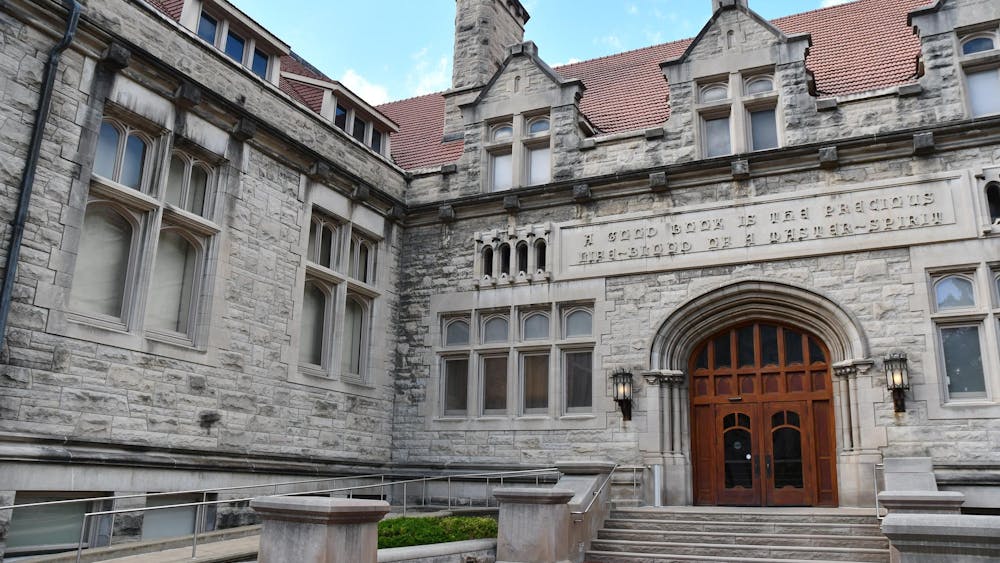Last Monday’s Google Doodle featured disability rights activist Ed Roberts, who shook up the campus of University of California, Berkeley, in the early 1960s and led political initiatives on accessibility and independent living in California and beyond. Roberts was an excellent inspiration and example for how we should fight for disability rights.
My mingled excitement and surprise over the cartoon image of Roberts was perhaps excessive, but the colorful Google sketch represented the picture always absent from school history textbooks. I have always questioned the absence of the disability rights movement in historical discussions of civil rights.
Landmark legislation, like the Americans with Disabilities Act, did not happen on its own overnight nor have its ideals yet been fully realized. As such, the Google illustration reinforces the relevance and urgency of recognizing disability rights activism both in the past and in the present day.
Roberts’ contributions to the disability rights movement preceded the 1990 passage of the ADA by nearly 30 years. He enrolled at Berkeley in 1962 after facing resistance in admissions. Roberts was quadriplegic as a result of polio and slept in an iron lung. Infrastructure for accessibility and independent living did not exist at that time.
Roberts is a remarkably quotable person and a visionary when it comes to vegetable metaphors. In response to a doctor’s suggestion that he would remain a vegetable after having polio, Roberts’ retrospective and suitably prickly reply asserted his decision to be an artichoke: “a little prickly on the outside but with a big heart.”
However, Roberts’ vision did not stop with thorny plants. For instance, the combined efforts of Roberts and the newly founded Center for Independent Living made Berkeley one of the first cities to install curb cuts in its sidewalks.
Their blueprints for a more accessible society promoted models of universal design and noted not solely people with physical disabilities benefit from curb cuts. Bike riders, for instance, appreciate the safety of not dropping their tires off of a four-inch curb.
Roberts, in one speech, voiced his encouragement for open social resistance: “I encourage everyone to go out and get arrested. Not just for anything, but for the cause.”
Roberts could have been arrested on multiple occasions for his demonstrations were it not for the inaccessibility of prisons. The irony was that this almost universal inaccessibility constituted both the cause of his protest and the reason he could not be arrested for his civil disobedience.
Above all, Roberts reminds us of the need to back words, symbols and catchy slogans with concrete progress. The Google Doodle was a tangible acknowledgement of the disability rights movement, but a cartoon image is not enough.
Rather, it represents only the start of a greater public consciousness of disability rights issues. We must follow his example.
kmilvert@umail.iu.edu





